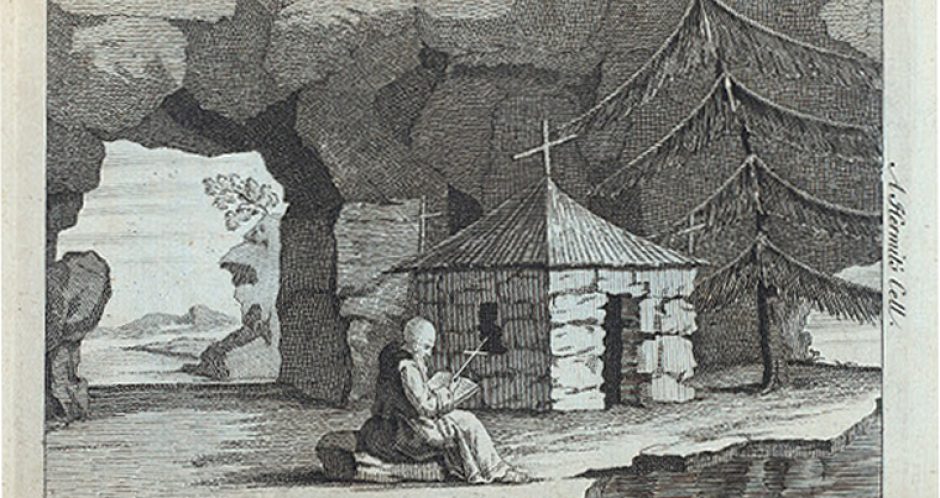Something that seemed really interesting and caught my attention in the reading “Queer Gothic” by George Haggerty was, the theme of “‘female gothic’” (22). Females during the mediaeval era have always been oppressed and manipulated by a powerful figure. They did not have the right to be disobedient, nor have control over their own decisions. This is the case with all the females in the gothic story The Castle of Otranto. The rule of females being oppressed, is captured throughout the story in a significant way that makes this theme become a gothic feature. A scene that Haggerty describes from the story, where this is provided to the readers, is when Isabella escapes Manfred grips, then finds herself in a stage of fear and horror under the castle “‘throughout those subterraneous regions'” (22). Being that Isabella is a female, and is extremely vulnerable, she dreads her incoming future of what could happen to her if she stayed under Manfred’s demands. Haggerty states that after this event in this specific gothic story, other novels or stories from the gothic genre, has included a person running or trying to escape from a brutal outcome, “Walpole’s depiction of this moment,… ,takes on talismanic importance in the history of gothic fiction” (22). In observation to this statement, not only gothic novels include events similar to this one, but other genres as well. For example, the children’s story, Snow White, when the main character, Snow White, escapes her evil Step-Mother and runs into the dark forest.
-
Recent Posts
Recent Comments
- marvi krifca on Response 5
- marvi krifca on Response 6
- marvi krifca on Young Goodman Brown
- marvi krifca on Response 9
- Daniella Martinez on Response 9 (Malcolm)
Archives
Categories
Meta




I really liked that you decided to write about the “female gothic”. Which as you stated, was a theme found within “The Castle of Otranto”. I also thought that it was an important theme that once found, could account for certain actions that occurred throughout the novel. You’re example of Isabella running away from Manfred was perfect for me to truly understand that through vulnerability, came fear.
While what you’re saying is true that women did not have ‘rights’, also keep in mind that it was Matilda who freed Theo from his imprisonment. So, in a way, she broke “the rules.” I like how Haggerty was able to explain some elements in Otranto that I did not consider. We know from class there were incest elements, but I feel from reading the Queer Gothic, I now have a good sense of the situation between Isabella and Manfred. Your analogy to Snow White was a nice insight, as I love that story as well!
I agree with you on the theme being “female gothic”, but i also wonder how it was considered scary at those times for women to not be able to make their own decisions. I say this because around the time the story took place that was how women already lived.
I agree with you on the theme being “female gothic”, but i also wonder how it was considered scary at those times for women to not be able to make their own decisions. I say this because around the time the story took place that was how women already lived.
I agree with you on the theme being “female gothic”, but i also wonder how it was considered scary at those times for women to not be able to make their own decisions. I say this because around the time the story took place that was how women already lived.
Adding on to what jorge said, something which is considered normal would generally be openly accepted by everyone. Even though we might consider it outrageous for the women to bow their heads and fully give themselves to men. However back then, thet grew up with these regulations making very much normal to them
“Queer gothic” by George Haggerty gave us a clear definition of how the world of gothic came about but more importantly how writers during this time period were discussion issues that were “unspoken” like Carmen said women during this time weren’t allowed to betray their man or even dare to voice an opinion. so in the story “The Castle of Otranto” we also see on how that is brought to the story has well has the element of darkness and evil, in life not everything is pure and always in sunlight. Instead we read about a king who is willing to do anything in order for him to stay in power even if it means to divorce his wife, and tries to forcefully marry his son soon to be wife. The story isn’t a fairy tale, instead its a twisted unnormal story.